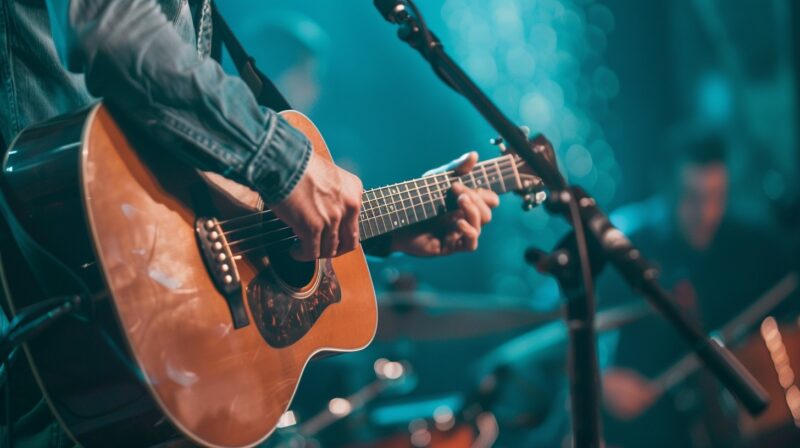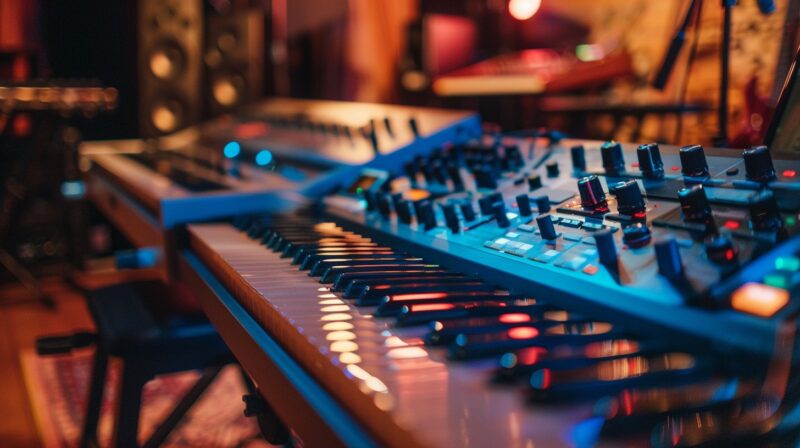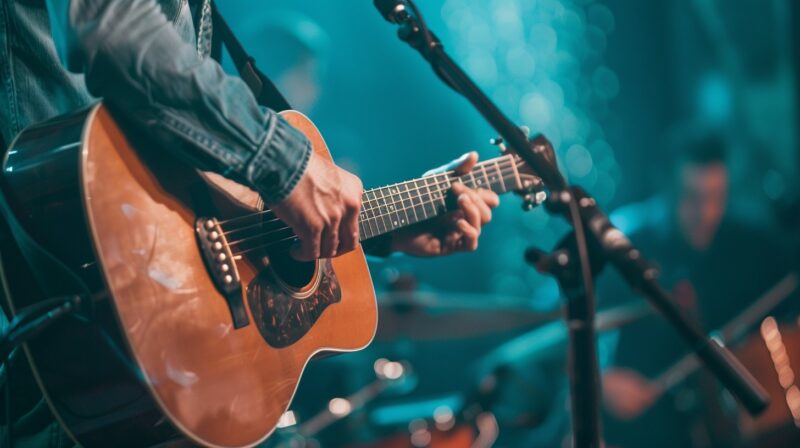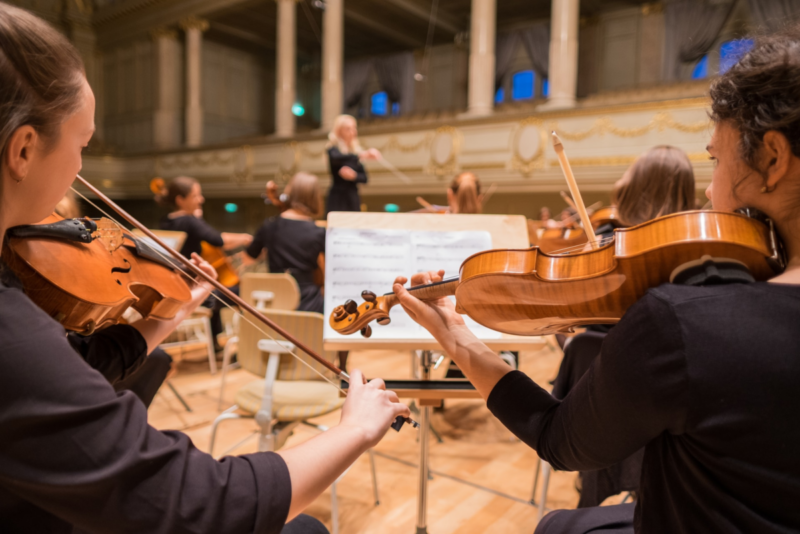Local Music’s Global Impact we hear around the world. It helps to shape what’s popular and adds to the rich and varied mix of music styles. It is often based on the culture and location of the people who make it, which means it can have unique sounds and styles that are enjoyed by people everywhere.
To truly appreciate the global beat that defines contemporary music, it’s crucial to understand how local and global music interact and influence each other. As you explore how local music influences global rhythms, you’ll see the intricate dance between local traditions and global sounds, leading to innovative musical expressions and cultural exchange.
Local Music’s Global Impact
Music in local communities is really important for sharing cultures and inspiring new ideas in the global music scene. Traditional sounds and rhythms can give artists like you inspiration to incorporate these elements into your own music. This creates unique blended forms that mix different influences. Different types of music like jazz and hip-hop are mixing it up too.
African beats in American jazz and blues, or Latin rhythms in pop songs – local sounds make global genres better. It’s not just one way though. Worldwide trends affect home music too. This gets styles bouncing back and forth, always changing and growing.
Artists take outside styles and make them their own. Their versions show what their place is like. This helps all kinds of music grow in cool new ways. More types of music from more places means more for everyone to enjoy! As a music lover, you can see how crucial local music is.
The world’s tunes wouldn’t sound the same without it. What do you think of how local scenes influence global hits? Isn’t it amazing how sharing styles expand what we hear? Music brings the globe together while still celebrating our differences. That’s what makes it such a universal language!
Globalization’s Two-Sided Effect on Local Music
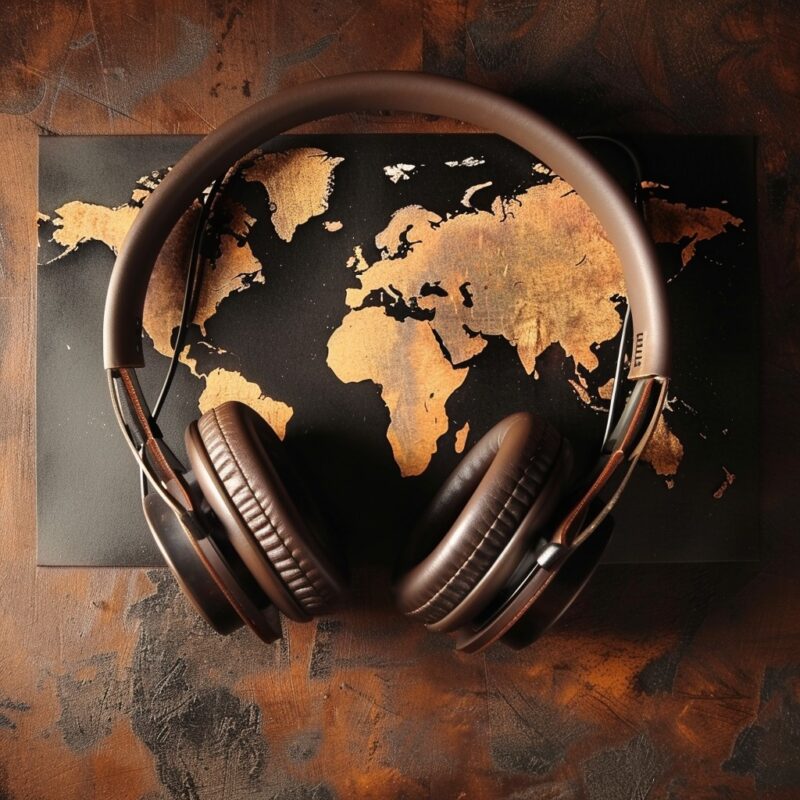
Globalization has had a two-sided effect on local music. The positive side is that it’s given local artists a much bigger global platform. Digital platforms and social media make it easier for them to share their music worldwide, breaking down geographical barriers.
Artists like BTS from South Korea and Burna Boy from Nigeria have used this to gain international fame by blending their local sounds with global influences. So globalization has helped amplify local music on the world stage. But there’s also a negative side. Globalization risks making music more uniform, where unique local styles get overshadowed by dominant global trends.
This is a real worry for local cultures and traditions. The good news is, many local music scenes are fighting against this homogenization. They’re working hard to preserve and promote their distinct sounds, while still incorporating global influences. It’s about finding the right balance – using globalization’s benefits, without losing their cultural identity. This allows local music to reach wider audiences, while still staying true to its roots.
Local Music as Cultural Heritage
Local music is an important part of our culture and cultural identity. This is good because music is always changing and evolving, and it’s a big part of what makes us unique as communities. Organizations like UNESCO are focused on celebrating and protecting musical traditions from all over the world.
By doing this, they’re making sure these amazing musical legacies get passed down to future generations. That way, people can keep enjoying the rich diversity and creativity of music globally. When music crosses borders, it leads to a cool mix of local and global influences.
This creates new kinds of music that contribute to the global scene, but still have those local cultural flavors. Reggae music from Jamaica is a great example – it’s inspired and shaped music all over the world. And K-pop, which blends Korean culture with global music trends, has become its own unique and popular genre. This cross-pollination is what makes the global music scene so passionate and exciting.
Case Studies: Local Music’s Global Impact
- ABBA in Australia: The ABBAWORLD exhibit in Australia showed how the Swedish band ABBA became part of Australian culture. This exhibit got local people involved in celebrating this global music influence as part of their own heritage.
- Prisoners in the Philippines: Inmates at a prison in the Philippines perform dances to popular music from around the world. These performances show how local people can take global music and make it their own, even in a difficult setting like a prison. It highlights how music can bring people together across boundaries.
- Radio Crossing Borders: The Transnational Radio Encounters project looked at how radio music can cross borders and impact local music scenes in Europe. It showed how global music reaches local audiences, who then take those sounds and mix them into their own cultural style. This project shows how media can help different musical ideas get shared and promote cultural diversity.
These examples all show how local and global music can come together in really interesting ways. Local people take global music influences and make them their own, blending them with their own cultural identity. And that creates new and exciting forms of music that celebrate diversity.
Music is My Global Mixing Pot
Music has always been this amazing way for people and cultures to connect with each other, even across huge distances. As the world has become more interconnected, I’ve seen this global exchange of musical styles really explode. And the result is this vibrant, diverse tapestry of new genres that are just captivating to me.
Take cumbia, for example – that’s a dance music style that started in Colombia by blending Indigenous, African, and European influences. But as it spread through Latin America, artists in places like Mexico, Peru, and Argentina put their own local spin on it.
So the sound kept evolving and picking up new flavors. It’s like the musical equivalent of an incredible international potluck! Or highlife music in West Africa – it emerged from Ghana and Nigeria, mixing local rhythms and instruments with jazz, palm-wine tunes, and other imported styles.
The result is this upbeat, syncretic sound that’s become a beloved part of the musical landscape there. It’s a perfect example of how music can bring together all these different influences. And it’s not just happening in Latin America and Africa.
Time of new hybrid genres
All over the world, I’m seeing new hybrid genres that just defy easy categorization. In Algeria, the raï genre has Bedouin roots but has blended in North African, European, and Middle Eastern elements to create this really modern, dynamic sound. In Brazil in the 1960s, the Tropicália movement combined traditional bossa nova and samba with psychedelic rock, folk, and more.
Recently, the global dominance of K-pop has shown me the incredible power that comes from embracing both local and international influences. K-pop artists masterfully blend traditional Korean music with the sounds of Western pop, hip-hop, and EDM – it’s this totally transnational style that’s captivated audiences worldwide.
When you see all these examples of musical blending and cross-pollination is just endlessly fascinating to me. From the rhythmic fusion of bhangra in South Asia to the electronic experiments of kuduro in Angola, the global melting pot of music production is so much creative, boundary-pushing stuff. It makes me appreciate how music can transcend borders and bring people together in really profound ways.
Challenges and Opportunities

Music is my life, you know? Yeah, right, that’s because of local music’s global impact. It connects all of us no matter where we come from. I love seeing styles from around the globe blend into amazing new tunes. It’s like one big musical party and everyone brings their own dish. But I gotta be real – sometimes changes worry me for local scenes. I get why artists want to make their sound more popular.
But then they may lose what makes their music special. And that’s not good because differences are what make music so rich and cool in the first place. When artists change too much just to sell more, it can hurt the things that give their hometown style heart. We don’t want that! Music is best when it stays true to itself, you know?
How can we support local artists so they don’t feel like changing who they are? Any ideas on that?
I’m all ears because keeping music real is so important to me. Our differences are what make the worldwide party great! That’s why I truly believe we need to be doing more to nurture and uplift local music traditions. Maybe that means setting up programs to fund and promote artists in their home communities.
Or creating educational initiatives that teach the next generation about the history and cultural significance of different regional styles. Heck, even just building more platforms where these local sounds can find a global audience – that could make a huge difference.
And you know what else is key? Facilitating more genuine cultural exchange and collaboration between musicians from all over. When artists from different backgrounds come together to learn from each other and cook up something new, that’s when the real magic happens. It’s about respect, empathy, and a shared passion for pushing boundaries.
Look, I know it’s a delicate balance we’re trying to strike here. We want to keep that global musical cross-pollination going strong, for sure. But we also can’t lose sight of the local roots that give birth to so much of the music we love.
If we can find a way to nurture both sides, I truly believe the possibilities are endless. Music has such an amazing power to bring people together – and I, for one, am ready to fight like hell to make sure that power keeps growing.
The Future of Global Music
Local Music’s Global Impact is everywhere. From technology influencing our instruments to influencing studio production. On one hand, artists from different places are joining together and making new kinds of music. They mix styles from their homes to create fresh sounds. This is cool because it’s like one big pot where everything comes together.
But some changes could make music too same-y. Big companies want a sound that sells well everywhere. If all music starts to sound the same, that would be a bummer. Because the things that make each place’s music different give it character.
So what can we do? First, we must help artists in their home places succeed. Give them chances to play shows and make music. This keeps their unique styles alive and part of the worldwide mix. We can also set up programs where local and global artists work together.
They will respect each other and make innovative music everyone can enjoy. In the end, balance is key. We must value music’s roots, which come from places. Without foundation, future global music lacks heart. I’m ready to fight to keep soul in music around the world.
What do you think? Do you have ideas to support local scenes? Musicians learning from each other makes magic. We can’t undo changes, but must protect what gives music life. Together, our future is bright!
Related Posts:
- Music Production Secrets from Top Global Studios
- Streaming Giants vs. Traditional Radio: Who's…
- How Indie Record Labels Are Changing the Global Music Scene
- 2024 Music Festivals You Must Visit
- The Most Impactful Cross-Cultural Music Collaborations
- How AI is Reshaping Music Creation and Consumption Worldwide

